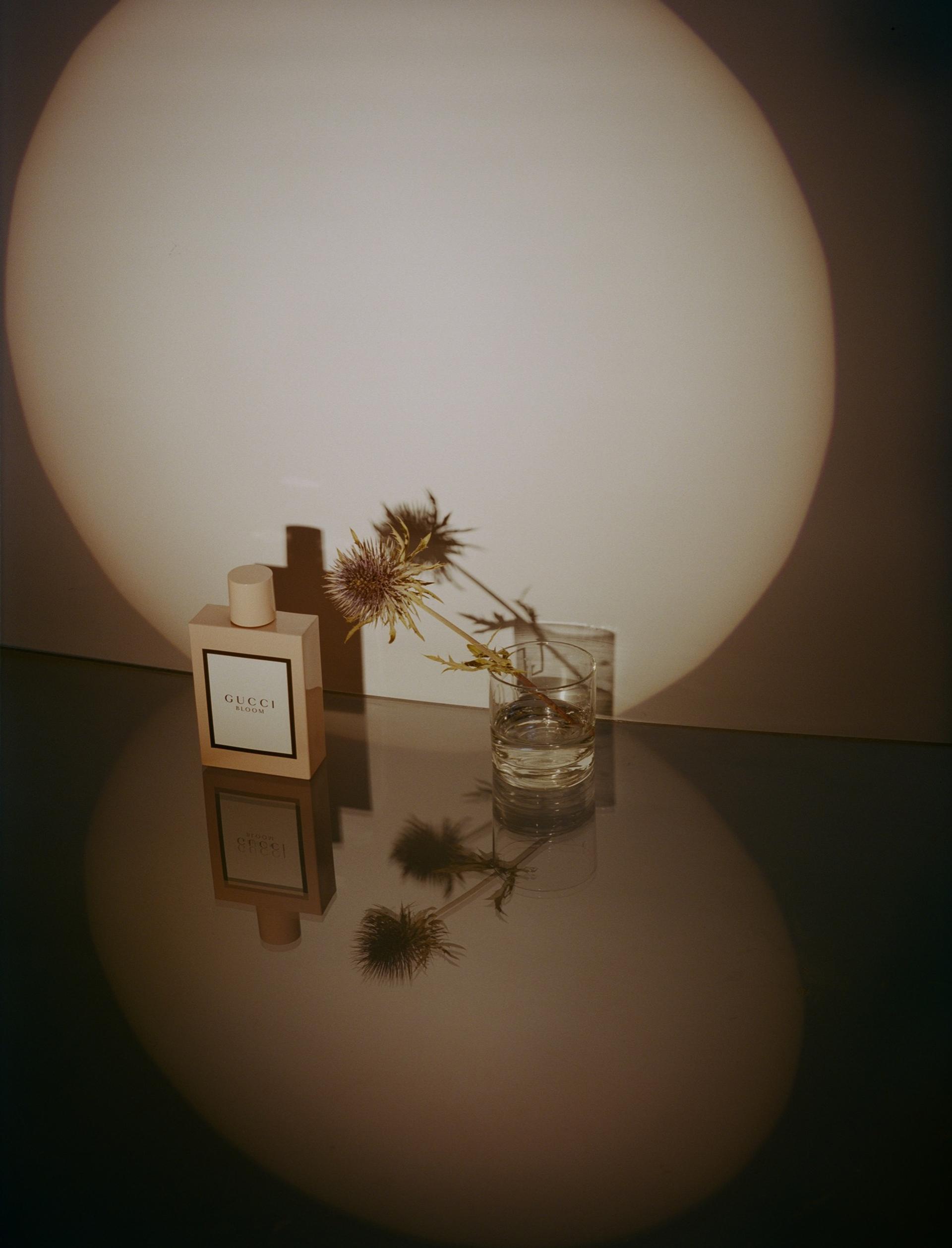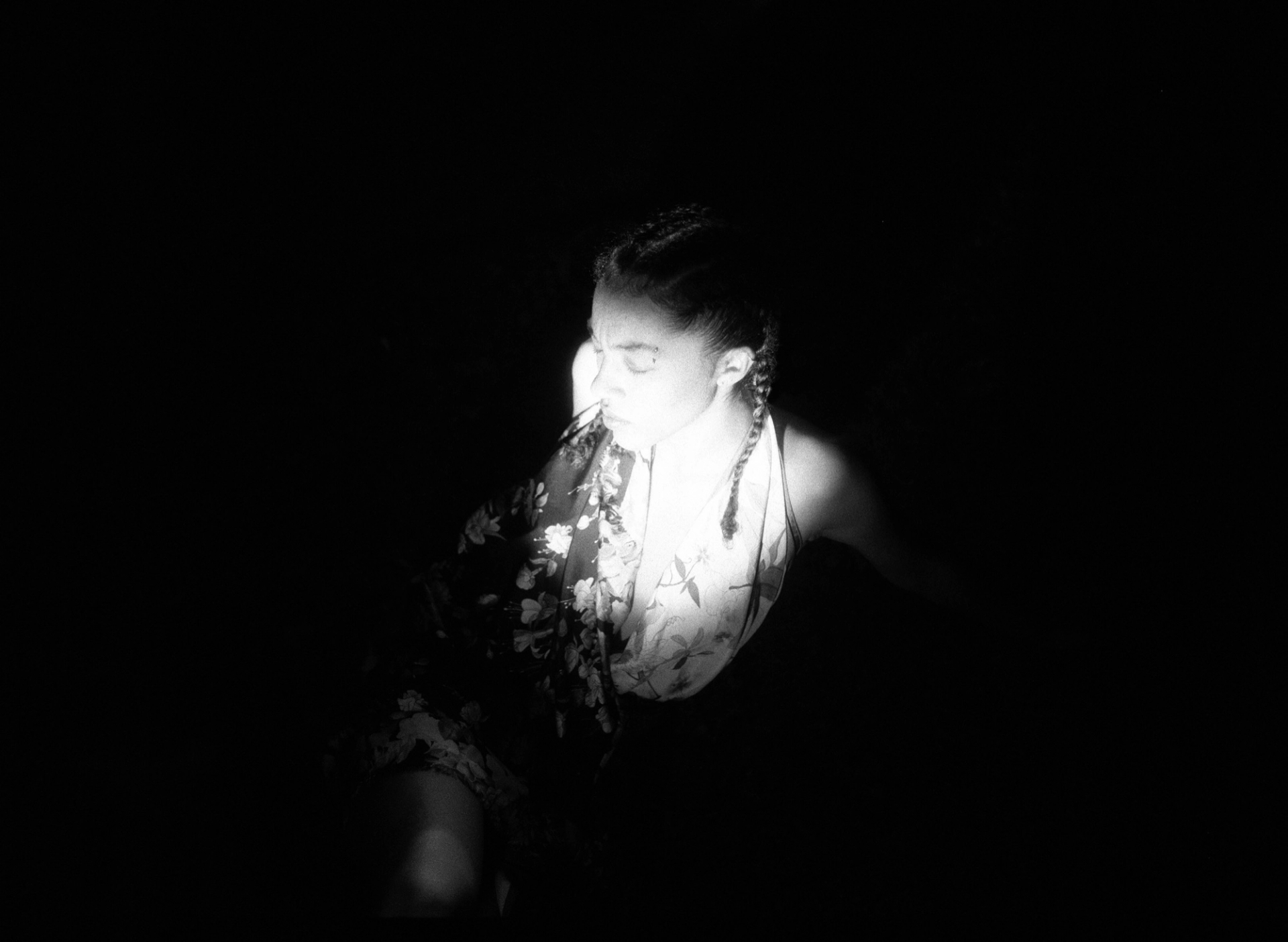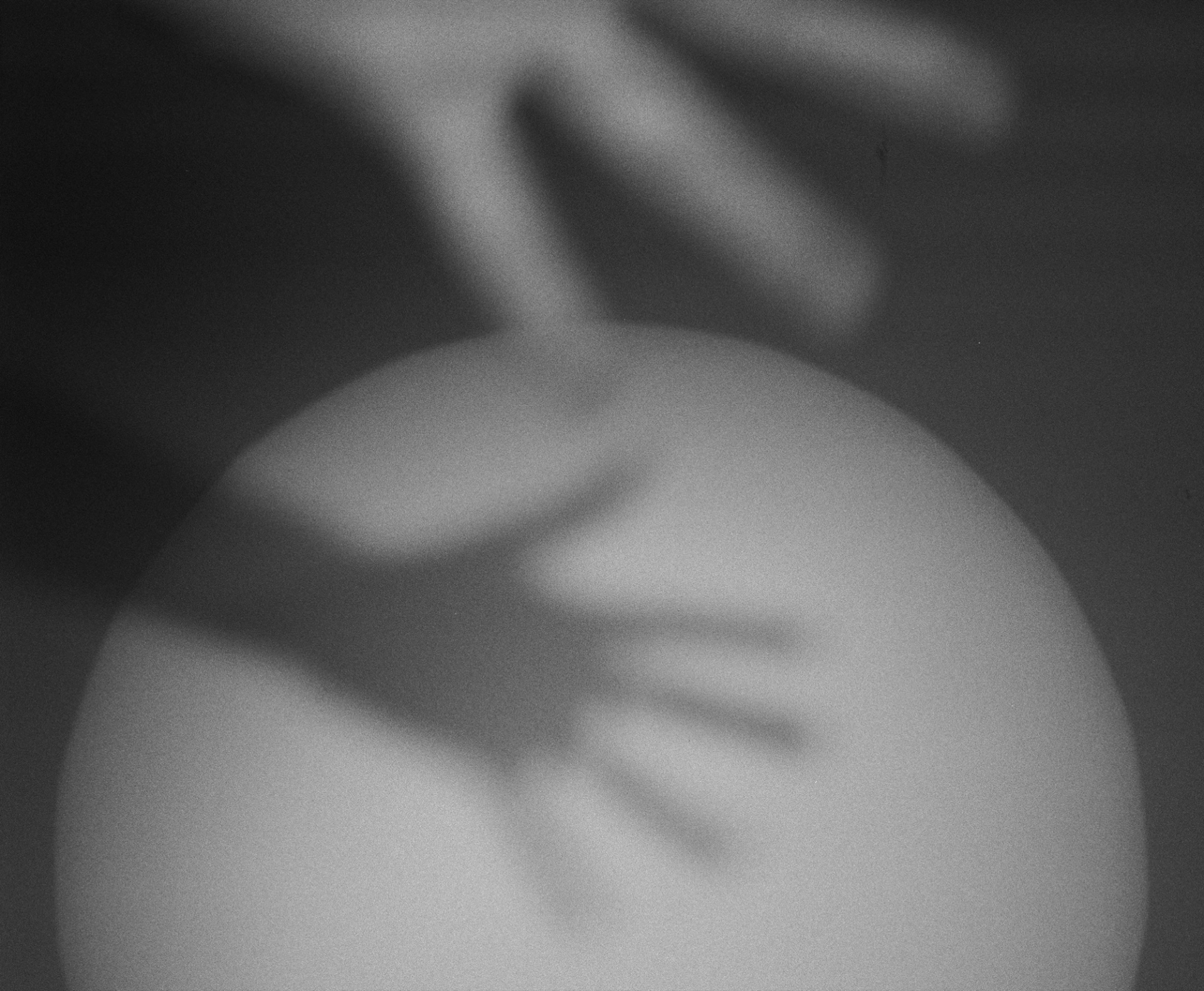HIBERNAL BLOOM: Gucci Beauty by 032c
When flowers blossom, they are just as soon expected to wither. Daily reminders of the fleeting nature of our surroundings, tiny manifestations of bigger movements – they remind us that below the frosted surface of the coming months, life continues to breathe.
Florals and buds, perhaps because of their cyclical essence – their perennial return after a period of retreat – feature prominently in visual culture this fall, lending a conceptual source to artists and, at times, replacing human subjects in their work. Trevor Paglen’s “Bloom” at Pace Gallery – a series of images of flowering trees uncannily pigmented by machine-learning technologies – navigates the terrain between human empathy and machinic didacticism – the blooms themselves animated as the midpoint between living sentience and manufactured intelligence. “Twice Removed” at Gladstone Gallery presents new work from Amy Sillman, whose abstract, gestural paintings are here punctuated by quiet studies of clipped flowers, loosely-handed washes of fleeting lives. “It is an act of having a living thing that’s a memento mori,” Sillman tells The New York Times. It was in this spirit, navigating the liminal space between decay and revival, modernity and classicism, that Octavia Bürgel photographed Gucci’s signature BLOOM scent – and herself – for 032c .
The unpredictable arc of this year has changed our seasonal patterns – traveling and interfacing less have, among other things, evolved how images are made, and accelerated our interactions with them. In the frame of a scanner bed, flowers appear as both living and decayed manifestations, as both thriving and macabre. Distance and texture are distorted and dream-like; memory and experience are mediated through screens.
Drawing from the dark decadence found in the Vanitas still lives of the 15th century Dutch tradition and the unsettling quietude of oft-overlooked surrealist photographer Dora Maar – with a 21st century twist – the resulting images seek not to create an escapist fantasy, but to create a prism to our ever-changing emotional topography.


